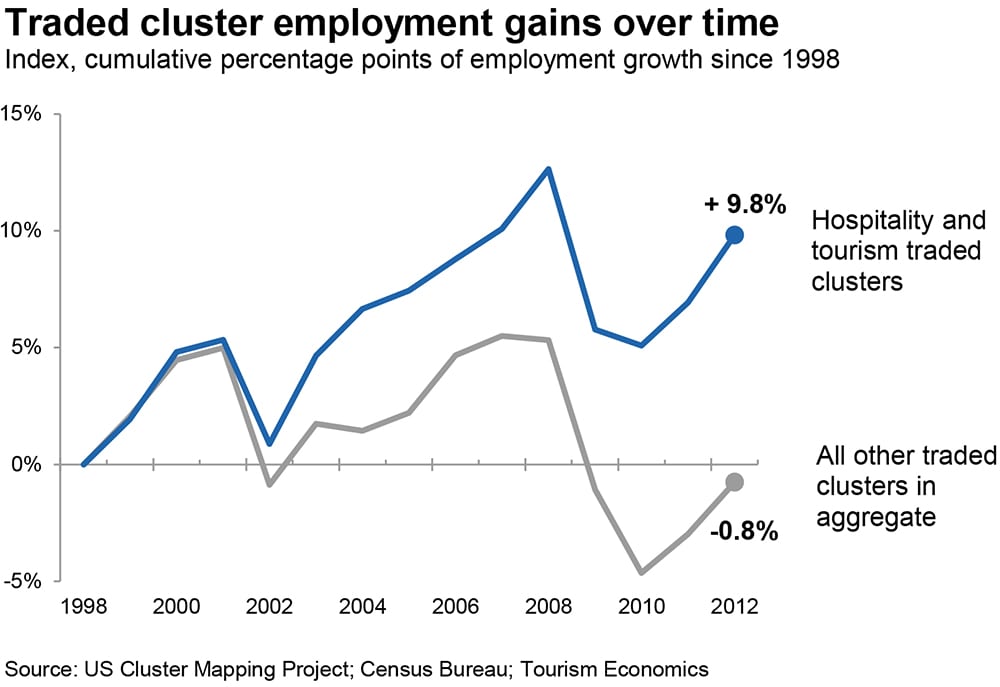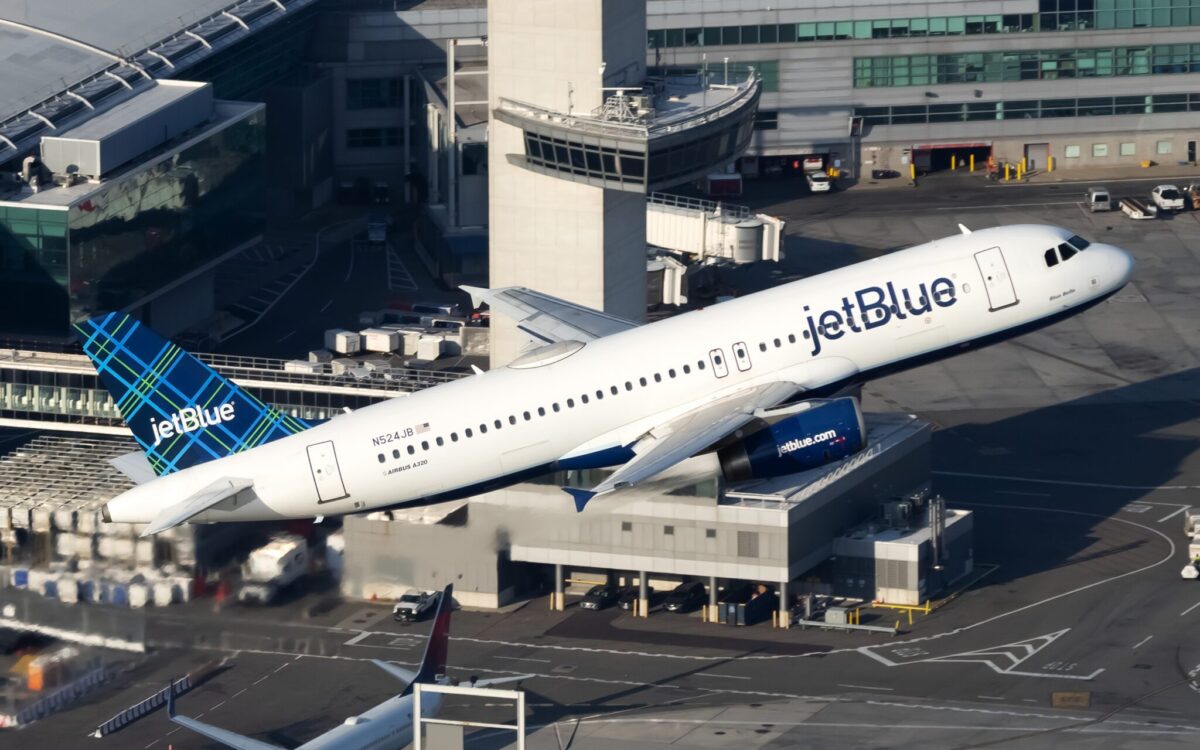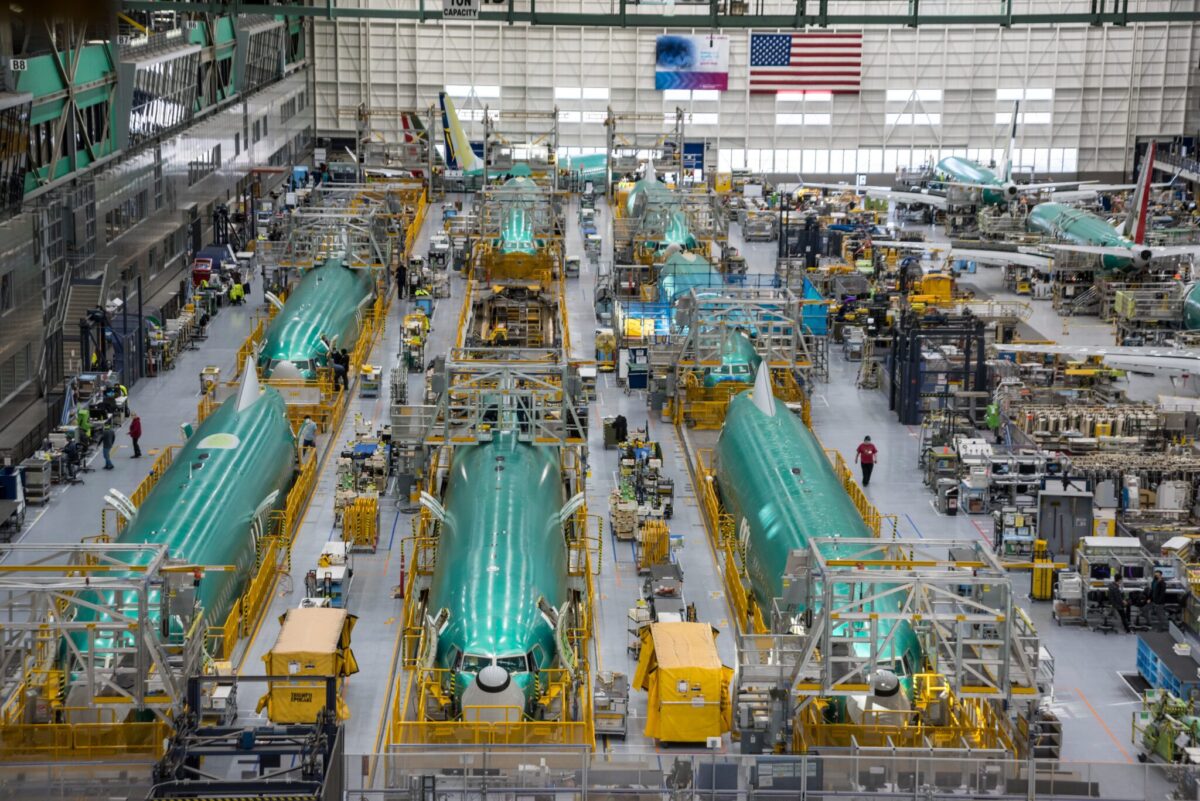Measuring the Real Impact of Destination Marketing Organizations

Skift Take
Destination marketing organizations (DMOs) are under growing pressure to prove their performance as tourism business drivers and their overall impact on local economic development.
Toward that end, the Destination & Travel Foundation—an arm of Destination Marketing Association International (DMAI)—released a research report last month conducted by Oxford Economics. The 58-page Destination Promotion: An Engine of Economic Development paper examines how investments in the visitor economy impact more than visitor-related industries and their suppliers.
“The research demonstrates that in addition to generating jobs and tax revenues by attracting visitors, the activities of DMOs drive broader economic growth by sustaining air service, creating familiarity, attracting decision makers, and improving the quality of life for residents,” says Michael Gehrisch, president/CEO of DMAI.
Local and state DMOs in the U.S. invested nearly $2 billion in destination marketing in 2013. Justifying that spend, the primary thrust of the report states: “Statistical analysis over the past two decades shows that destinations with substantial and growing visitor economies have outperformed their peers in the general economy,” says Adam Sacks, director, Oxford Economics. “Cities and states that coordinate destination marketing and economic development are generally better positioned to compete for new investments and corporate relocations.”
Supporting that argument, statistics show that hospitality and tourism has outperformed the aggregate of all other export sectors since 1998, with employment expanding nearly 10% in tourism while others showed negative gain of almost -1%.
In addition, the rise of consumer spending on travel is outpacing the average rise of national income levels. And as of July this year, employment in the visitor economy was 7.9% ahead of June 2009 levels, compared to a 6.1% gain for the broader economy.
This report aligns with what is presently the biggest trend in destination tourism promotion globally. Forward-thinking DMOs are aggressively seeking new ways to collaborate with local economic development organizations (EDOs) to drive tourism product development, while maintaining their traditional roles as sales and marketing vehicles.
The ongoing evolution of that trend is one of three key pillars of DMAI’s new multi-phase DestinationNEXT survey and strategy initiative launched this year, which we reported on this past summer.
The key findings of last month’s DMAI/Oxford paper examine the impact of destination marketing to drive a destination’s economic growth through the following four primary channels.
Transportation Development
Since the dawn of the urban city, transportation routes ranging from camel trails to intercontinental jet travel has spurred the most economic growth across all industries in the most connected destinations. Today, airlines ultimately base their routes on passenger demand, which has a direct correlation with the successes of a destination’s tourism marketing initiatives. Increased lift also drives economic development throughout a much broader region surrounding the immediate destination.
Meaning, for example, when Visit New Orleans drives new tourism business to the French Quarter, which drives higher enplanement levels in and out of the city, businesses from Hammond to Baton Rouge benefit as well.
“Air service is profoundly important to corporate investment and location decisions,” says Stephen Moret, secretary of economic development for the state of Louisiana. “This is one of tourism’s most significant contributions since the levels of air service at New Orleans far exceed what local demand could support.”
This has severe impact for cities worldwide. According to the Brookings Institute, 70% of global GDP growth through 2025 is expected to happen in emerging markets. Therefore, it purports that achieving “global fluency” through “intentional actions,” versus resting on a destination’s legacy attributes, is paramount. Destination promotion is one of those intentional actions.
Increased Destination Exposure
Raising a destination’s profile through tourism promotion builds awareness in commercial networks and increases exposure among potential new residents, which results in driving higher levels of skilled workers to a destination.
Denver is one example where the DMO and EDO collaborated on shared destination massaging to attract a similar audience for different purposes.
The paper reads: “The Metro Denver Economic Development Corporation (Metro Denver EDC) tagline, ‘Energetic Bodies. Energetic Minds,’ promotes the attractiveness of Denver as a place for both business and recreation, accenting the city’s active outdoor lifestyle. This tagline was informed by Visit Denver research. In concert with the Metro Denver EDC message, Visit Denver focuses on outdoor recreation as well as urban lifestyle, complementing and reinforcing the brand being promoted by economic development.”
Another example, “Pure Michigan” began as a tourism destination marketing campaign in 2006. Based on its proven success driving tourism dollars, the Pure Michigan tagline has since been adopted by the Michigan Economic Development Corporation in its promotional campaigns directed at corporate leaders.
In Arizona, Hank Marshall is the economic development executive officer for the city of Phoenix. He says a destination’s brand messaging must be conceived among the DMO and EDO, with each stakeholder “integral” to the success of any campaign. Marshall says, “If we do it right, the ideal brand will transcend the visitor market and support all economic development.”
In Illinois, World Business Chicago estimates that it utilizes the Choose Chicago DMO’s marketing media for 70% of its marketing initiatives. And on the West Coast, Visit California has become aligned much more closely in recent years with the Governor’s Office of Business & Economic Development (GO-Biz).
“We are learning a lot from Visit California by how they brand California and how to take their model and apply it to economic development,” says Brook Taylor, deputy director of GO-Biz.
Conventions Attract Business Leaders
By working to attract corporate meetings and large conventions, DMOs are targeting the same prospects that EDOs target for economic development. There is perhaps no greater synergistic potential between a city’s tourism and economic entities than the group visitor market. In many cases EDOs regularly host special receptions for attendees of key corporate events.
“Our EDO doesn’t have to fly to [Washington] D.C. or China,” says Steve Moore, CEO of the Greater Phoenix CVB. “The low hanging fruit is coming here for events.”
In Asheville, both the DMO and EDO successfully courted C-level executives to bring the Outdoor Industry Association annual conference to the city in 2010. Due to the event, Legacy Paddlesports chose to relocate to Asheville in 2012, invest $20 million in a new facility, and hire 120 workers. The same conference returned in 2014.
The white paper provides a wealth of other case studies among other destinations, with the common theme that DMOs and EDOs need to collaborate more closely.
“Anything that brings the decision makers within the auto, aerospace, IT or other industries into contact with our state is a good thing,” says Moret, with Louisiana Economic Development. Louisiana State Lieutenant Governor Jay Dardenne adds, “Our authentic culture creates a lasting impression. We need to take advantage of selling Louisiana as a great place to do business and live while decision makers are here.”
Raising Quality of Life
There’s a rising awareness among DMOs about the value of measuring tourism’s impact on the local quality of life for a city’s residents. Business Events Sydney is a leader in this area with their “Beyond Tourism Benefits” series of white papers.
The Oxford/DMAI paper states that visitors provide substantial demand for amenities that also improve the livability of a destination for locals and their overall quality of life. A few examples are upgraded parks and public areas, dining and nightlife in walkable districts, services and transportation in desirable areas, and improved creative arts and cultural venues.
Therefore, visitor dollars help sustain the improvement of local amenities that derive business above and beyond what a local community could support. The visitor economy also supports important local attractions that a city alone might not be able to financially maintain, such as Faneuil Hall Marketplace in Boston or the Inner Harbor of Baltimore.
“The traditional view offered by economists is that places attract people by matching them to jobs and economic theory,” says noted urbanist author Richard Florida, in the report. “More recent research suggests that places attract people by providing a range of lifestyle amenities.”
A 10-year study by economists Gerald Carlino and Albert Saiz, resulting in the Beautiful City: Leisure Amenities & Urban Growth paper (2008), represents a part of that research. The results show about 2% higher population and employment growth for cities with twice as many leisure visits as other cities with the same economic and geographical makeup.
A high profile example of that was Boeing’s decision to relocate its headquarters to Chicago in 2001, beating out two other finalists, Denver and Dallas.
“Every deck I present to a CEO, we build in the cultural assets,” says Jeff Malehorn, CEO of World Business Chicago. “If the family isn’t happy, it’s a harder sell. The location has to be a cool place with activities and culture. Traveler attractions are the same reason that CEOs choose a place.”
Greg Oates covers tourism and hospitality development. Email him at [email protected].





